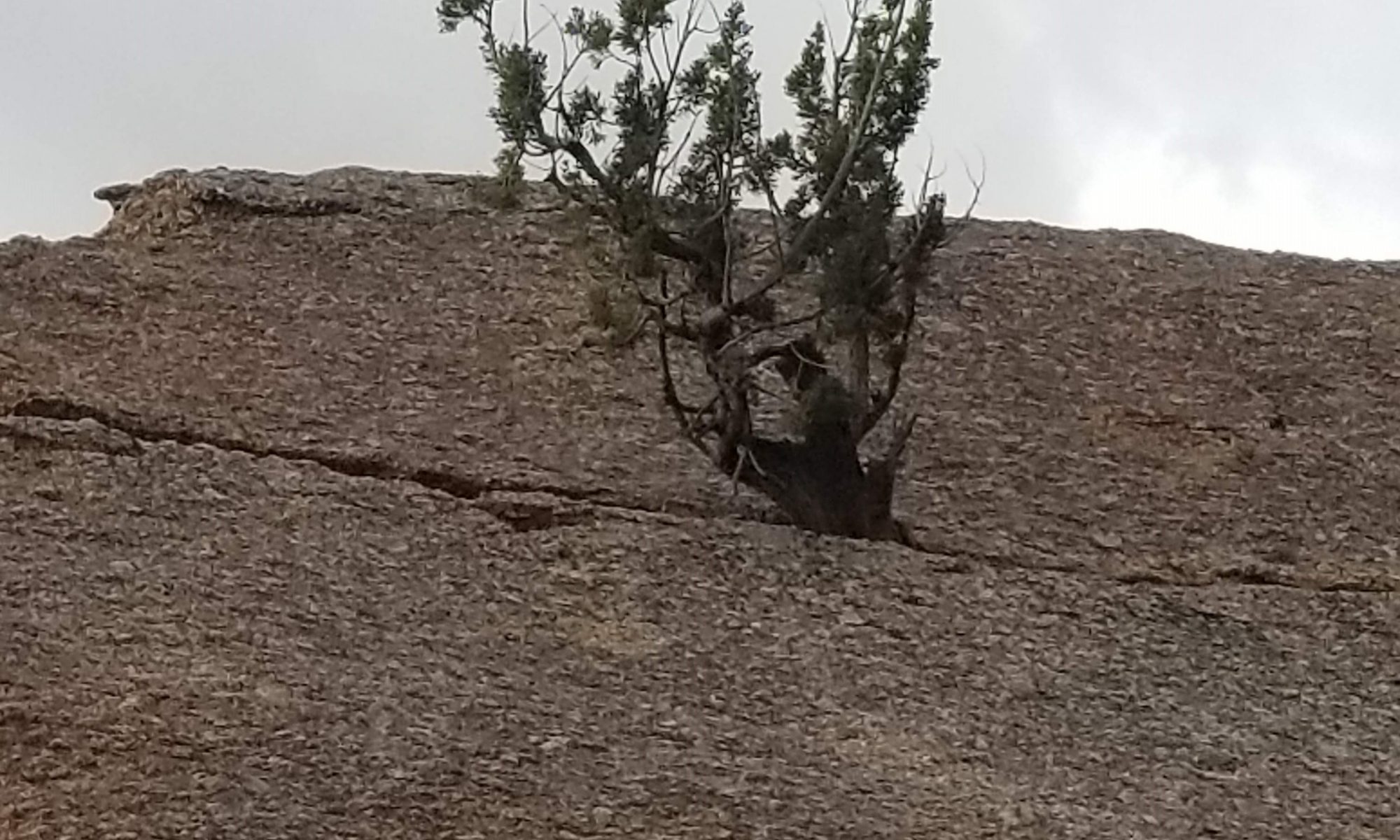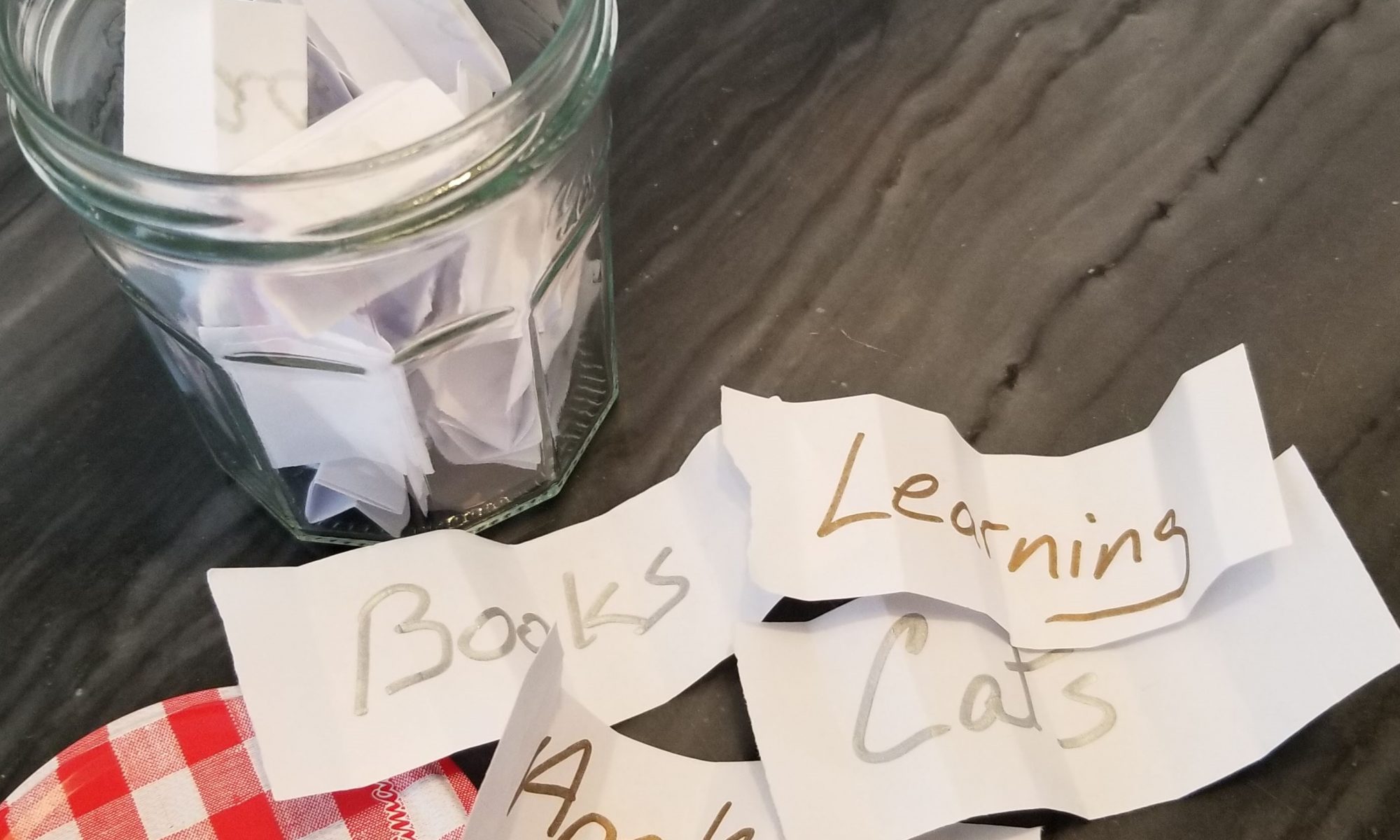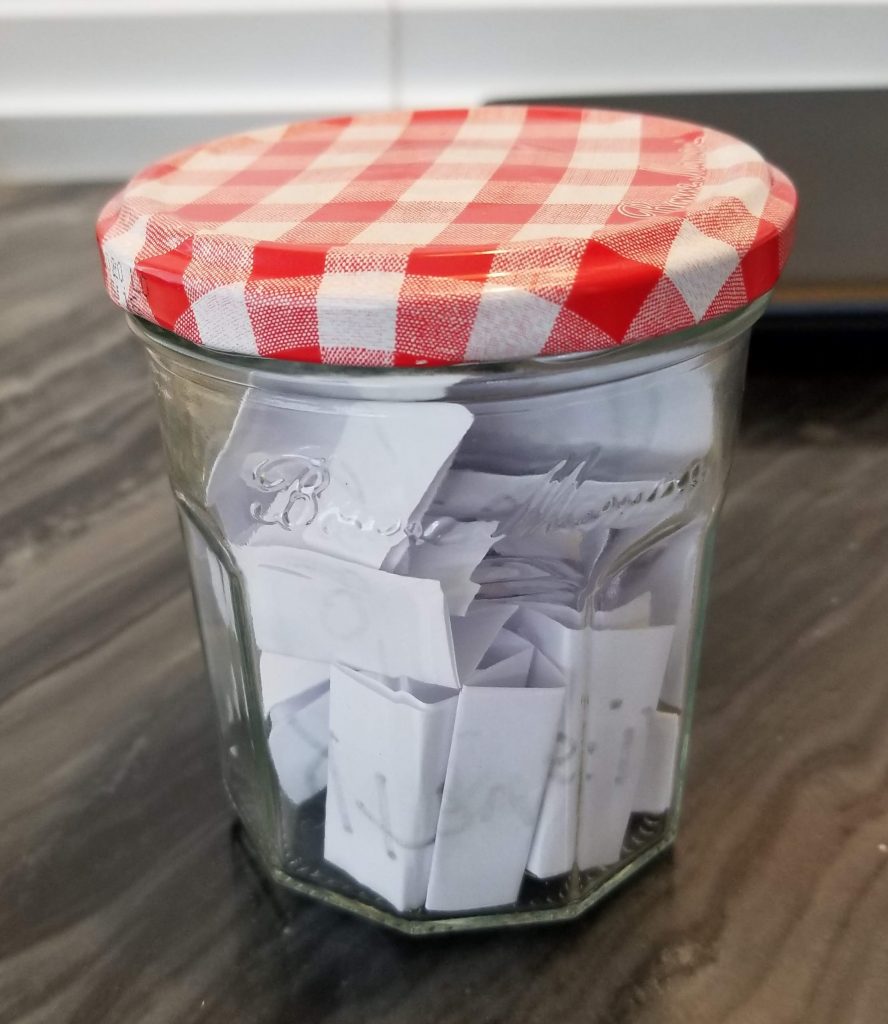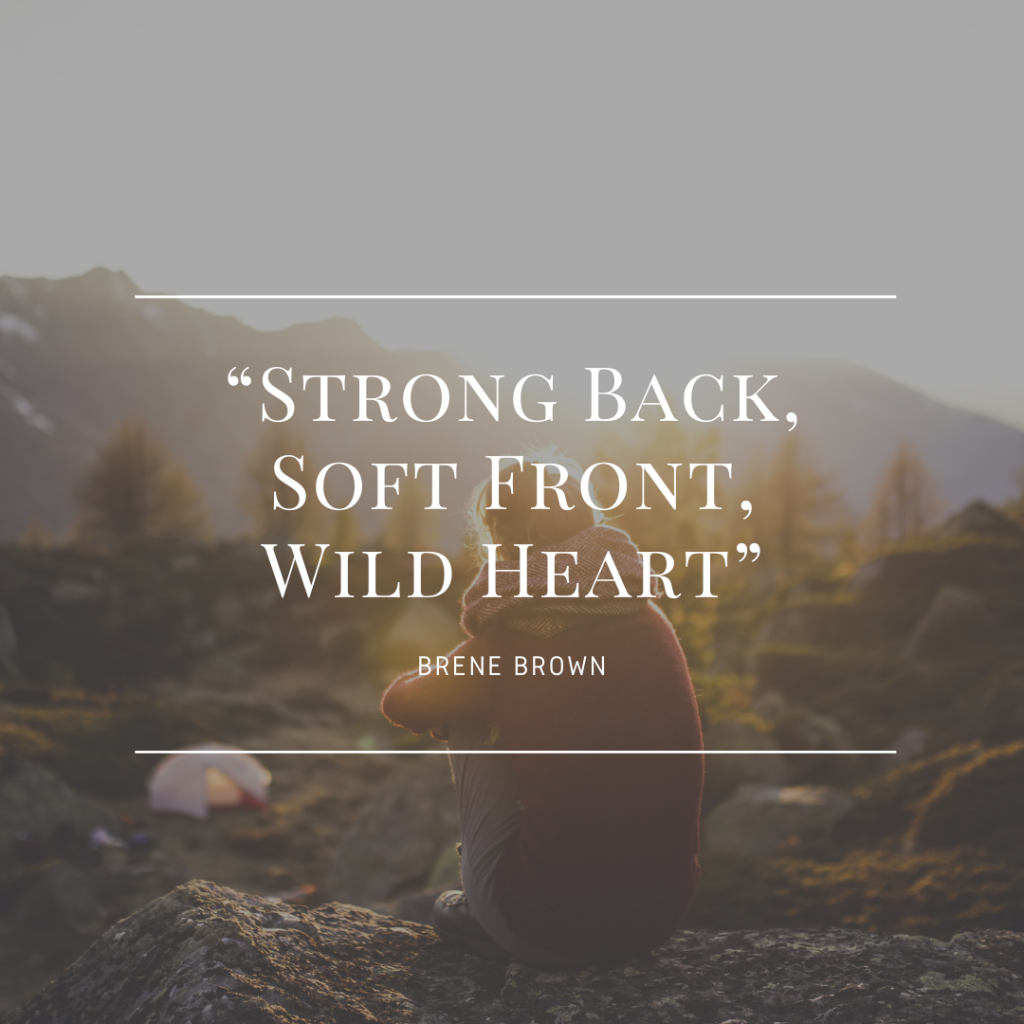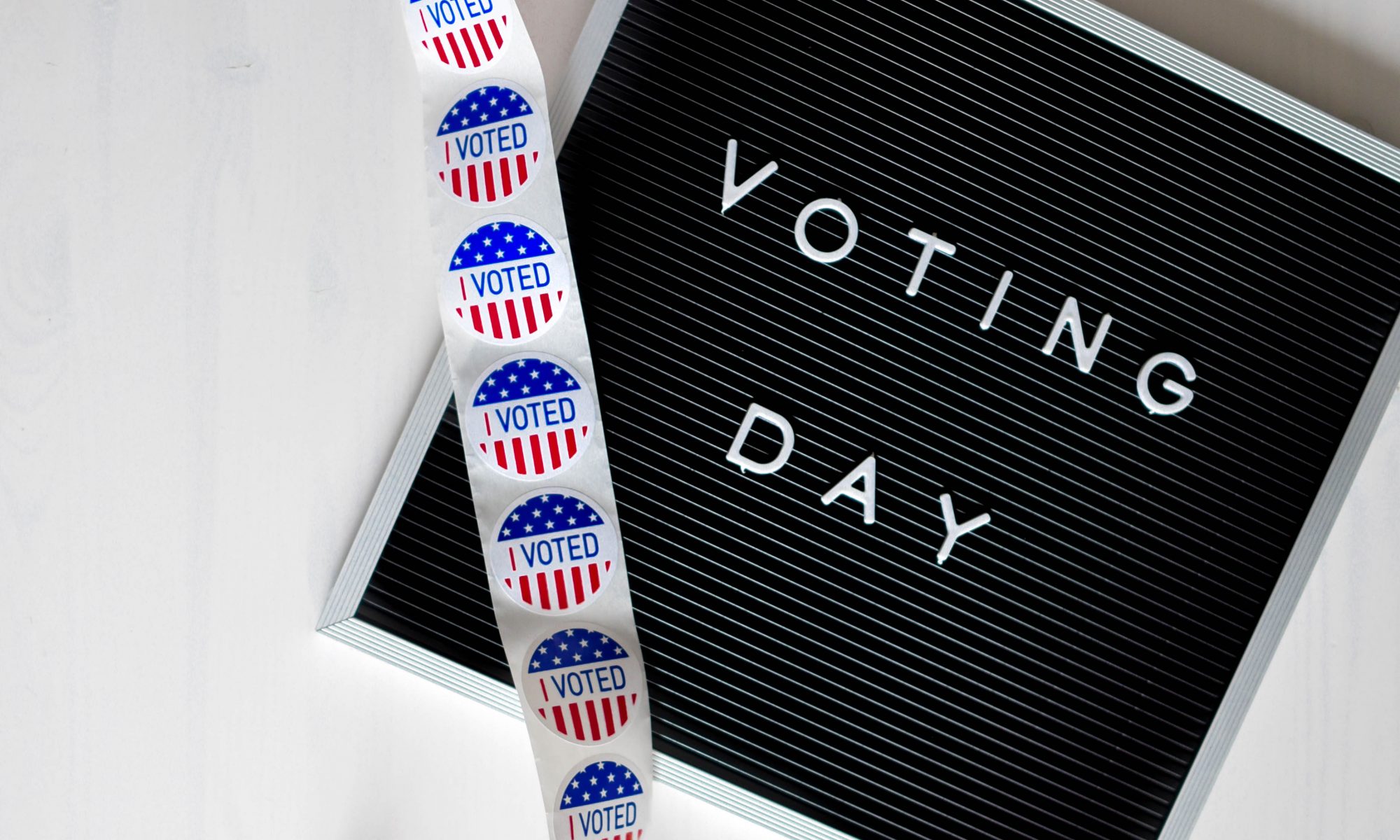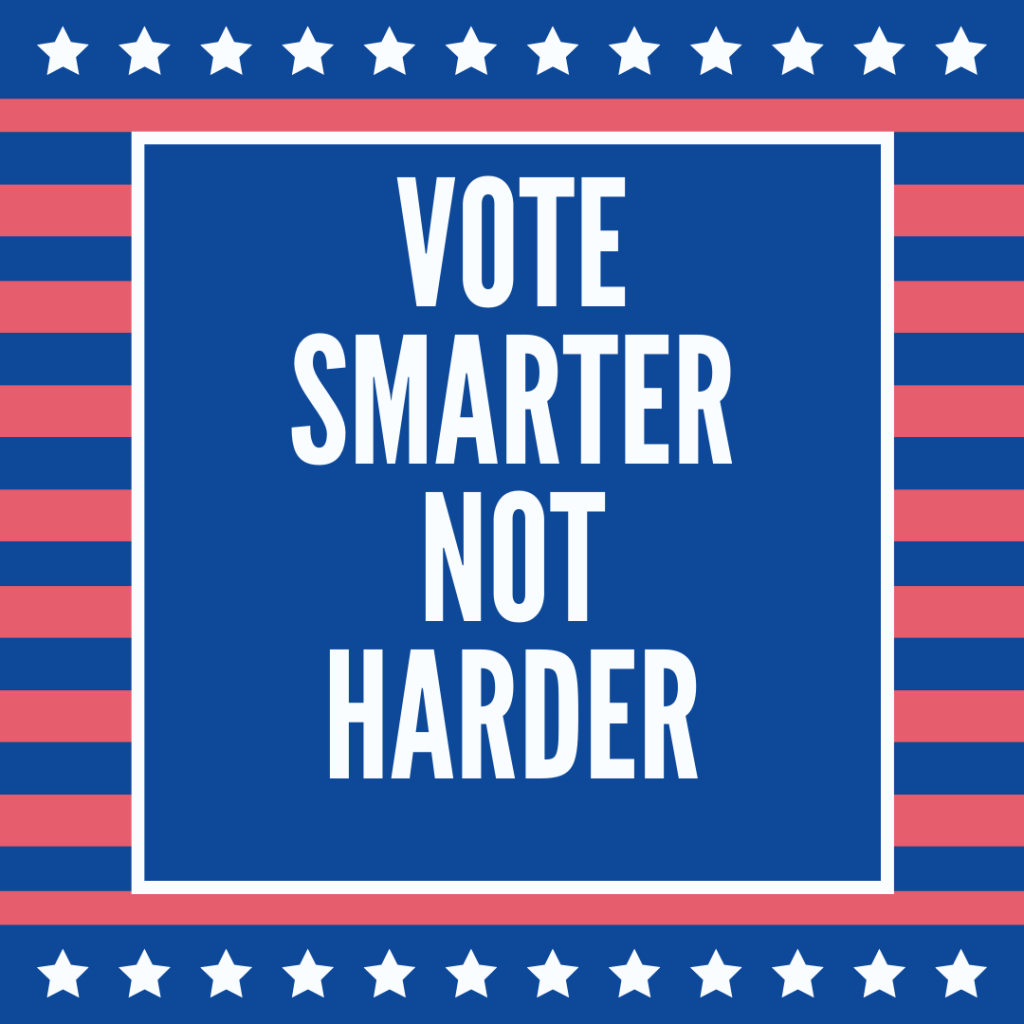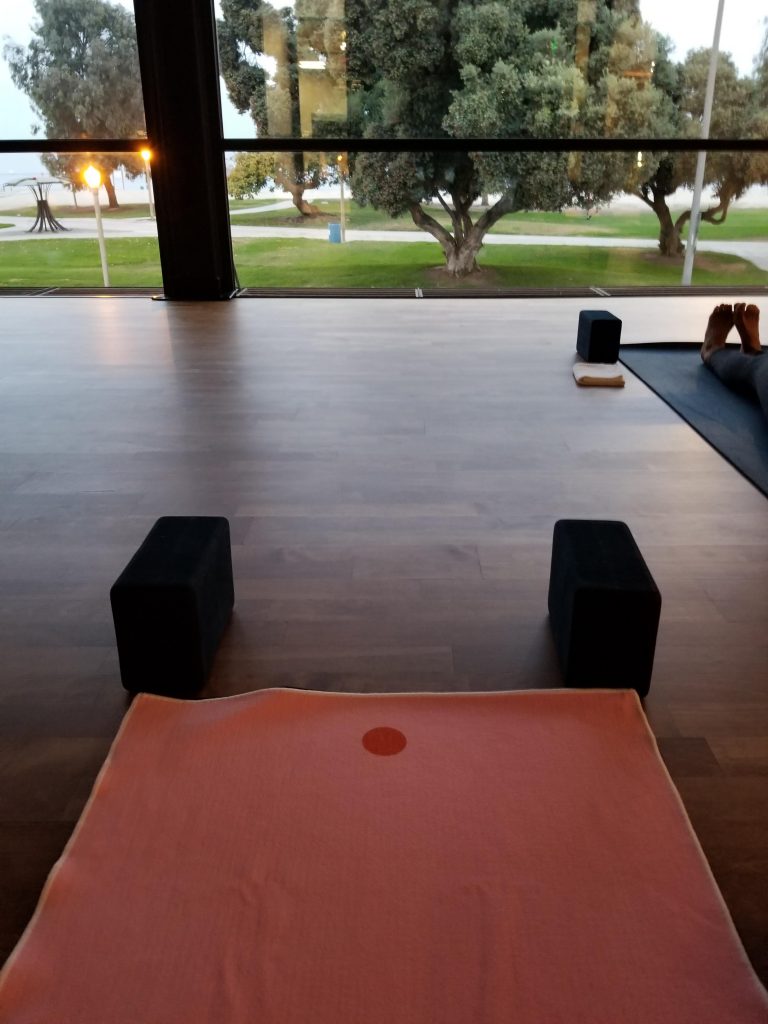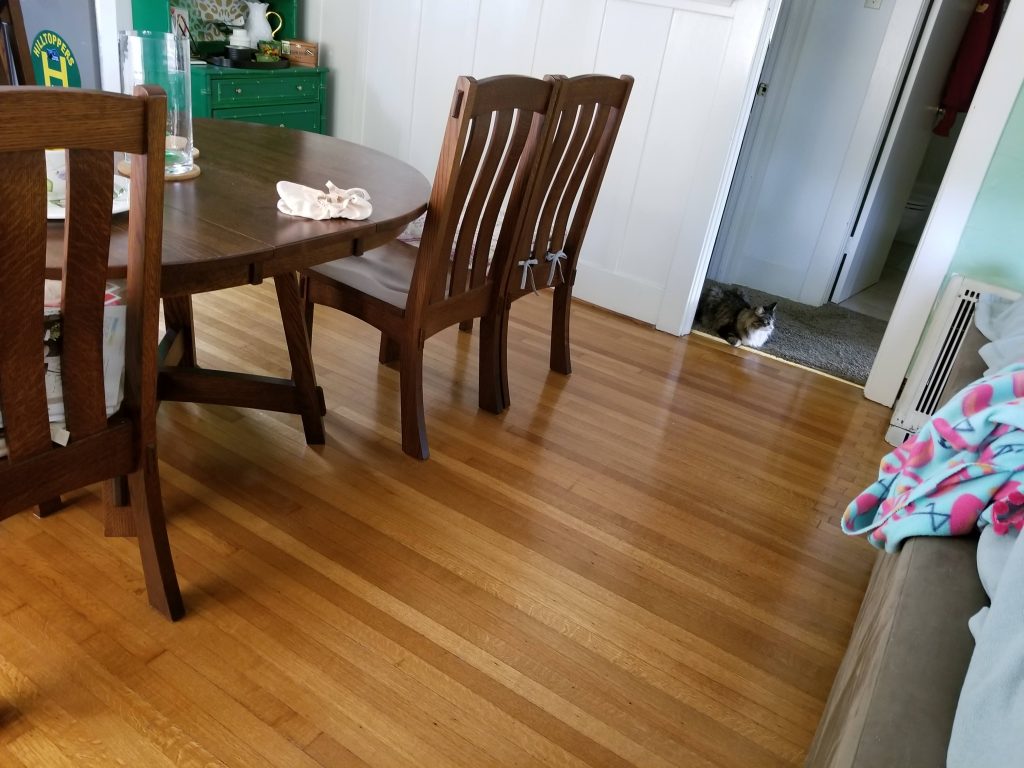Is it a message from the Universe or just trying to sell us something?
Every once in a while, I have a day when I can’t help but think that I’m getting a message from the universe. But is it synchronicity, good PR, or algorithms?
One day last week, it was a subject that kept showing up in my email. The first message resonated because it gave me some ammunition for something I had already been thinking about. Later, a second message on the same topic came from a completely different source. To me, it was a pretty strong message from the universe that it was time to put my thoughts into action.
It convinced me that it was time to write this blog post.
Synchronicity
For Carl Jung, who coined the term, synchronicity happens when a cluster of unrelated phenomena create a meaningful coincidence. Sudden hunches and stochastic operation also fall under the umbrella of synchronicity. Like you are thinking about someone who you haven’t talked to for a while, then they call you. Or you open a random book to a random page and find a message that addresses a quandary you’ve been having.
I was formally introduced to the concept of synchronicity reading The Artist’s Way by Julia Cameron. For Julia, synchronicity is a way that, “…the universe falls in with worthy plans and most especially with festive and expansive ones.”
Part of synchronicity is just awareness. Part of it is magic, like when I was looking for a hutch for my kitchen and came upon one that someone had put out on the curb.
As Julia puts it, “First, choose what you would do. The how usually falls into place of itself.”
Basically, the universe is constantly sending you messages, providing paths with which to accomplish your goals. Synchronicity happens when you are paying attention and notice these messages.
Which is super fun. But are these always messages from the universe? I mean, I can accept that sometimes the universe is telling me that I should buy the smelly candle, but sometimes, it might be another force.
Good PR
Just to clarify: I’m referring to the entire marketing communications umbrella.
There are a lot of people in the world who are gainfully employed in the endeavor of getting other people to pay attention to something. One of my favorite things, communication strategy, is simply an exercise in plotting out what you want to say (your message), who you want to say it to (your audience), and how you are going to get your message to your intended audience in order to accomplish your objective.
The whole point is increasing awareness of whatever it is (an organization, a product, a policy).
Sometimes good PR is obvious, but sometimes it feels very organic, like the idea just popped into your head. How do you know it wasn’t synchronicity?
Algorithms

I can’t explain the mechanics of it, but we all know that our digital lives are shaped by computer algorithms. I use Google to look up a lot of terminology when I’m writing; now Google knows that the first search result to show me is a definition.
And then there’s social media. Just because I keep seeing ads on Facebook and Instagram for smelly candles does not mean that the universe is telling me to buy smelly candles (although I probably will at some point, I love smelly candles).
So, is it synchronicity, good PR, or algorithms?
In The Art of Impossible, Steven Kotler talks about how our brain is a pattern recognition system, our own internal algorithm.
When we set up our internal algorithm properly, we are primed to notice synchronicity. Steven calls this supplying the pattern recognition system with ammunition.
He recommends doing this by feeding it lots of information. Don’t just troll the internet, read books, listen to podcasts, go for walks, talk to people – give your pattern recognition system lots of data from different sources.
By doing so, we become our own PR manager and synchronicity follows.
Because don’t we all want to be in tune to receiving messages from the Universe?


